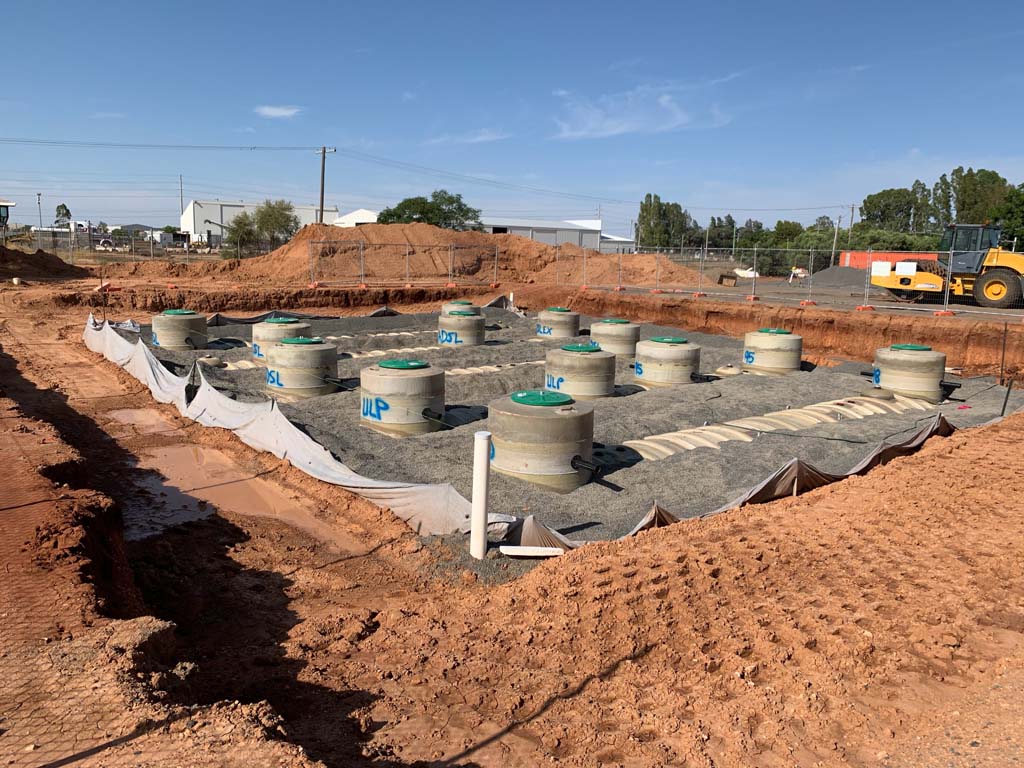Fuel Tank Installations: Comparing the Features of Underground and Aboveground Options
12 November 2024
Compare the features of underground and aboveground fuel tank installations in Australia. Key features that influence your choice for your fuel storage needs.
Fuel tank installations are a critical aspect of fuel management for various industries, influencing safety, efficiency, and environmental impact. The choice between underground and aboveground tanks can significantly affect operational logistics and regulatory compliance. Understanding the key features of each option is essential for making an informed decision that aligns with your specific needs and circumstances.
Underground Fuel Tanks: Key Features
Underground options stand out due to their unique advantages. These tanks not only optimise space but also enhance safety and environmental protection. Below are key features that highlight the benefits of choosing underground fuel tanks for your storage needs:
• Space Efficiency: Underground tanks offer a significant advantage in terms of space utilisation. By being buried below ground, they free up surface area for other uses, making them ideal for locations with limited space.
• Safety: One of the major benefits of underground installations is the enhanced safety they provide. By being out of sight and protected from the elements, the risk of accidental damage or vandalism is significantly reduced.
• Environmental Protection: Underground tanks are less prone to environmental hazards, such as fuel spills, as they are installed below the frost line, which helps in maintaining fuel temperature and reducing evaporation. They often come equipped with secondary containment systems to further protect against leaks.
• Aesthetic Appeal: For properties where visual impact is a concern, underground installations offer the advantage of being completely hidden from view, thereby preserving the landscape’s aesthetics.
Aboveground Fuel Tanks: Key Features
Aboveground fuel tanks offer distinct advantages that cater to various operational needs. Their design promotes ease of access and flexibility, making them a practical choice for many applications. Here are some key features of opting for aboveground fuel tank installations:
• Ease of Access: Aboveground fuel tank installations simplify maintenance and monitoring, leading to lower operational costs. Inspections and repairs are more straightforward due to the easy accessibility of the tanks.
• Cost-Effectiveness: Aboveground tanks typically have lower installation costs and require fewer regulatory considerations. This makes them a more budget-friendly option, especially for smaller operations.
• Flexibility in Installation: Aboveground tanks can be positioned in various locations, providing flexibility for future expansion or relocation. This adaptability is particularly beneficial for growing businesses.
• Visibility and Monitoring: The visibility of aboveground tanks facilitates easier monitoring of fuel levels and conditions. This gives operators peace of mind regarding potential leaks or maintenance issues.
Key Considerations When Choosing Between Underground and Aboveground Fuel Tanks
When choosing between underground and aboveground fuel tank installations, several key considerations come into play. First, ensure compliance with local regulations, as these can vary significantly by region. Next, evaluate your budget by comparing initial installation costs with long-term maintenance expenses. Consider the available space for installation and factor in any future expansion needs. Finally, prioritise safety and security by evaluating the specific risks associated with each tank type.
Future Fuel Services is a leading provider of fuel system installation and maintenance services in Australia. Our team is dedicated to delivering high-quality installations that meet the highest safety and environmental standards. Contact us to discuss your fuel tank installation needs.
Optimized by: Netwizard SEO

